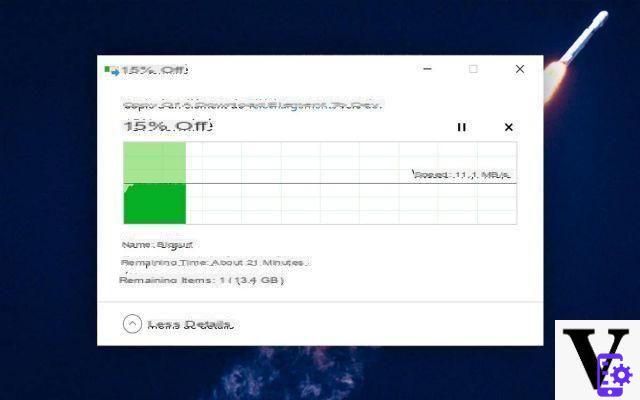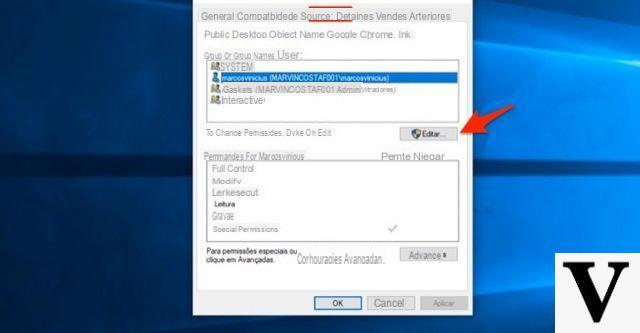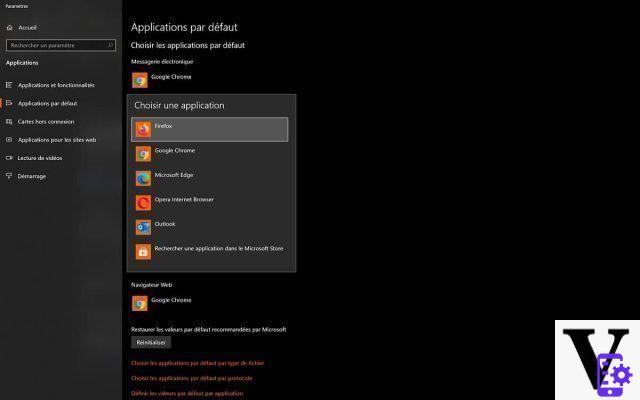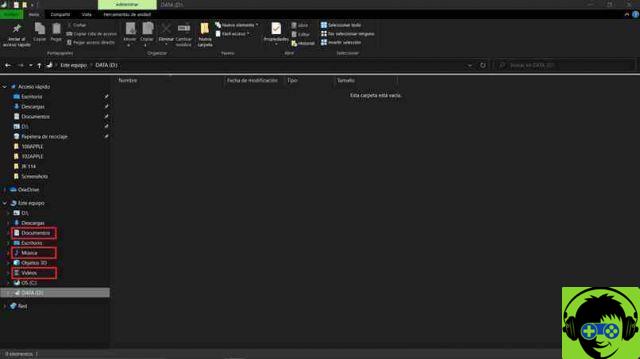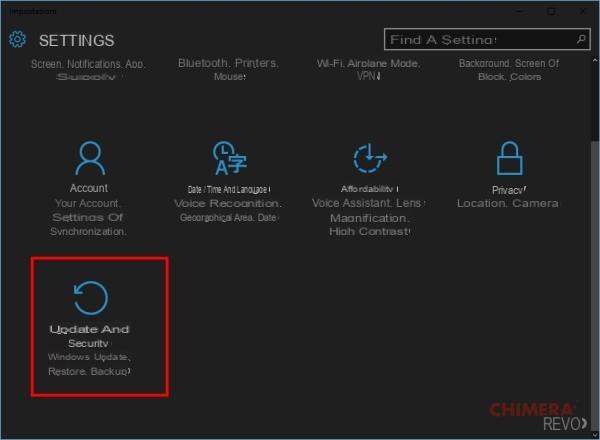That said, having the monitor set to 60 hertz yes results in a frame update of 60 times per second. In this way, people obsessed with getting a better picture get involved in refining this statistic in every possible way.
So, in some cases, users install new video hardware and this incorrectly configures this setting. If this is the case for you, the ideal is to keep reading and follow the advice below.
No matter what version of Windows 10 you have, you can do it in anyone without a problem.
Change the screen refresh rate from the display settings
This setting is obtained from the Windows screen configuration, which is reached by clicking on any section of the desktop. Next, several options will be shown in a kind of white box, at the bottom will be the option » Display settings «.
This action will expose a pop-up settings window, consisting of a sidebar (left) and an options section (right). In the second section mentioned above, below, there will be an alternative in blue letters that says " Advanced display settings «.
Selecting this option will open another separate window with characteristics of the monitor screen connected to the user's computer.
Remember to troubleshoot Monitor: Signal Out of Range in Windows to avoid slowing down the process if necessary.
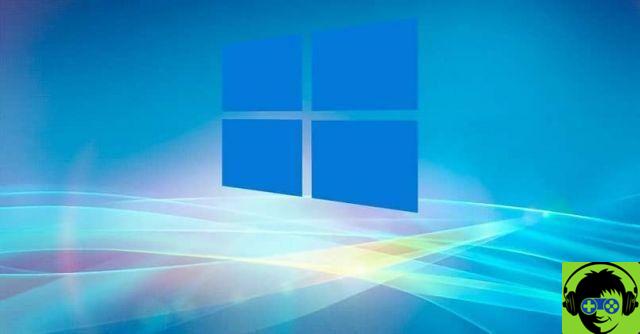
Eventually, there will be an alternative called " Show video card properties 1 «, Which must be chosen. This will give you access to a small window with three tabs covering the video card or video driver information.
You have to go to the form " Monitor »Where you will find two options, one to view the properties of the monitor and one for" Monitor settings «.
In the second, there is an item bar which, when selected, will show a list of available frequencies that the screen has. To change the display configuration frequency, it is necessary to select only one of these options (preferably the highest one) and to end the button » Accept «.
The list of screen refresh rates doesn't show me any other options
It is possible that after going through the whole process they will get that in this configuration list it is not possible to change the refresh rate due to the lack of options. This isn't necessarily a mistake, as many low-end video controllers don't have very variable frequency settings.
It's also likely that you don't have a video hardware device installed in your computer, so it's governed by the one built into your motherboard. This is only corrected by looking for a video card that allows for a larger list of frequencies that can be assigned or configured.
Also, another reason this occurs is if the cable is being used does not collect enough information about the device.
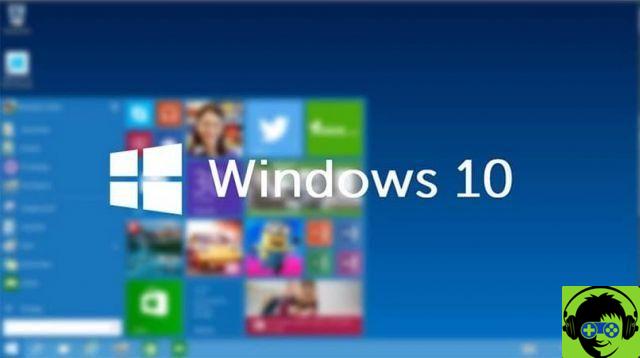
This is due to the fact that it is standard or generic wiring like the displayport. Which is easily fixed, using a high resolution one.
Importance of the screen refresh rate
This type of change was much more relevant for older monitors, where low values resulted in jumps in the image.
Ma the bug has been fixed over time, placing a higher frequency, so this won't be noticeable on today's high-tech displays.
However, you can remove the Windows 10 auto-update screen so that you don't see screen-related ones frequently, but it's not recommended.
In this sense it might be thought that it does not matter if the frequency is as low as possible, but this statement is not necessarily true. The new frequencies that i monitor lead today they have a big visual difference compared to 60 hertz, noticing the difference even during the movement of the mouse.





